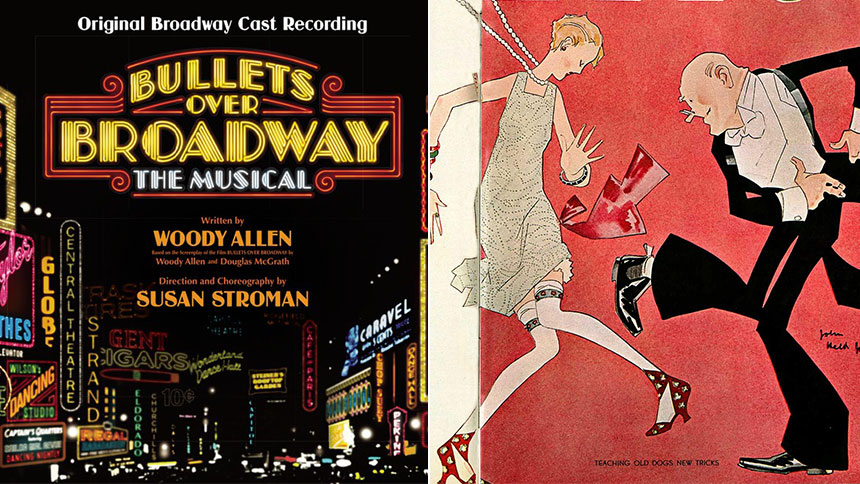Sylexiad. A typeface for the adult dyslexic reader: "The investigation concerns a series of typeface legibility and readability studies which have resulted in the creation of a number of new typefaces including Sylexiad. Sylexiad is grounded and informed from a dyslexic viewpoint and is a typeface for the adult dyslexic reader."
Good fonts for dyslexia: "In this paper, we present the first experiment that uses eye-tracking to measure the effect of font type on reading speed. Using a within-subject design, 48 subjects with dyslexia read 12 texts with 12 different fonts. Sans serif, monospaced and roman font styles significantly improved the reading performance over serif, proportional and italic fonts. On the basis of our results, we present a set of more accessible fonts for people with dyslexia."
Special Font For Dyslexia?: "Reading errors like switching letters is a persistent characteristic of errors for
dyslectics (Braams, 2001). This type of error can be explained by the magnocellular theory
(Stein, 2001; Stein, Talcott, & Walsh, 2000). The font “Dyslexie” is developed to increase the
reading accuracy and readability of texts for dyslectics, so that the errors by switching letters
are reduced."
A short introduction to font characteristics: "Serifs make individual characters more distinct. In their sans serif variant many characters look remarkably, if not exactly, like mirror images of each other. During the reading process they are easily confused, especially by persons suffering from dyslexia. The advantage of serifed typefaces over their non serif counter parts, in this respect, is easily seen from the following example:
b d
p q
b d
p q"
Dyslexia, Reading and the Brain: A Sourcebook of Psychological and Biological Research: p. 3: "These were followed in 1900 by a report of “congenital word-blindness” in two boys aged 10 and 11 years (Hinshelwood, 1900) and a further report of four cases from the same family (Hinshelwood, 1907).
In his papers, Hinshelwood referred to previous work by Kussmaul (1877), who apparently coined the term “word-blindness” (wortblindheit) to describe the reading difficulties of previously literate brain-damaged patients. No less a person than the president of the Neurological Society, Sir W.H.(Henry) Broadbent, pointed out (Broadbent, 1896), however, that the condition of word-blindness was not first described by Kussmaul, as might have been inferred from Hinshelwood’s (1895) report. Broadbent (1872) himself had described patients who were unable to read following brain injury, albeit that they also showed some evidence of “verbal aphasia” (p. 150). On the other hand, Broadbent (1896) conceded that it might have been Kussmaul who first described difficulty with reading as “an isolated condition”—that is, as occurring in the context of intact speech (see also Dejerine, 1891, 1892). The word dyslexia was first used (see Hinshelwood, 1896) by a German ophthalmologist, R.Berlin, when referring to reading difficulties caused by cerebral disease or injury (Berlin, 1887).
Inspired by Hinshelwood’s (1895) report, a general practioner in Sussex, W.P.Morgan, wrote to The Lancet giving an account of the reading problems experienced by an apparently normal boy who had suffered no brain damage. Thus it is to Morgan (1896) that we owe the first description in the medical literature of what is now referred to as developmental dyslexia or specific reading disability. His account of what he called “congenital word-blindness” ran as follows:
Good fonts for dyslexia: "In this paper, we present the first experiment that uses eye-tracking to measure the effect of font type on reading speed. Using a within-subject design, 48 subjects with dyslexia read 12 texts with 12 different fonts. Sans serif, monospaced and roman font styles significantly improved the reading performance over serif, proportional and italic fonts. On the basis of our results, we present a set of more accessible fonts for people with dyslexia."
Special Font For Dyslexia?: "Reading errors like switching letters is a persistent characteristic of errors for
dyslectics (Braams, 2001). This type of error can be explained by the magnocellular theory
(Stein, 2001; Stein, Talcott, & Walsh, 2000). The font “Dyslexie” is developed to increase the
reading accuracy and readability of texts for dyslectics, so that the errors by switching letters
are reduced."
A short introduction to font characteristics: "Serifs make individual characters more distinct. In their sans serif variant many characters look remarkably, if not exactly, like mirror images of each other. During the reading process they are easily confused, especially by persons suffering from dyslexia. The advantage of serifed typefaces over their non serif counter parts, in this respect, is easily seen from the following example:
b d
p q
b d
p q"
Dyslexia, Reading and the Brain: A Sourcebook of Psychological and Biological Research: p. 3: "These were followed in 1900 by a report of “congenital word-blindness” in two boys aged 10 and 11 years (Hinshelwood, 1900) and a further report of four cases from the same family (Hinshelwood, 1907).
In his papers, Hinshelwood referred to previous work by Kussmaul (1877), who apparently coined the term “word-blindness” (wortblindheit) to describe the reading difficulties of previously literate brain-damaged patients. No less a person than the president of the Neurological Society, Sir W.H.(Henry) Broadbent, pointed out (Broadbent, 1896), however, that the condition of word-blindness was not first described by Kussmaul, as might have been inferred from Hinshelwood’s (1895) report. Broadbent (1872) himself had described patients who were unable to read following brain injury, albeit that they also showed some evidence of “verbal aphasia” (p. 150). On the other hand, Broadbent (1896) conceded that it might have been Kussmaul who first described difficulty with reading as “an isolated condition”—that is, as occurring in the context of intact speech (see also Dejerine, 1891, 1892). The word dyslexia was first used (see Hinshelwood, 1896) by a German ophthalmologist, R.Berlin, when referring to reading difficulties caused by cerebral disease or injury (Berlin, 1887).
Inspired by Hinshelwood’s (1895) report, a general practioner in Sussex, W.P.Morgan, wrote to The Lancet giving an account of the reading problems experienced by an apparently normal boy who had suffered no brain damage. Thus it is to Morgan (1896) that we owe the first description in the medical literature of what is now referred to as developmental dyslexia or specific reading disability. His account of what he called “congenital word-blindness” ran as follows:
Percy F.—a well-grown lad, aged 14—is the eldest son of intelligent parents... He has always been a bright and intelligent boy, quick at games, and in no way inferior to others of his age. His greatest difficulty has been—and is now—his inability to learn to read. This inability is so remarkable, and so pronounced, that I have no doubt it is due to some congenital defect...the greatest efforts have been made to teach him to read, but, in spite of this laborious and persistent training, he can only with difficulty spell out words of one syllable... The schoolmaster who has taught him for some years says that he would be the smartest lad in the school if the instruction were entirely oral... His father informs me that the greatest difficulty was found in teaching the boy his letters, and they thought he never would learn them. (Morgan, 1896, p. 1378)










![[Arjowiggins Inuit typeface]](https://mir-s3-cdn-cf.behance.net/project_modules/1400/1dfaca31155169.56437bf89c5d8.jpg)
![[Arjowiggins Inuit typeface]](https://mir-s3-cdn-cf.behance.net/project_modules/1400/85b0cf31155169.56437bf89eaec.jpg)
![Arjowiggins Inuit typeface]](https://p.dreamwidth.org/d90c82aa5d1f/3289137-971/static.typography.net/images/studiotype/D6-Inu-01.png)